Dealing with a clogged bathroom sink can be a frustrating and messy experience. Not only does it disrupt your daily routine, but it can also lead to unpleasant odors and potential water damage. Fortunately, there are several methods you can try to unclog your bathroom sink and get the water flowing freely again. Here are the top 10 ways to fix a clogged bathroom sink.The Top 10 Ways to Fix a Clogged Bathroom Sink
The first step in fixing a clogged bathroom sink is to determine the cause of the blockage. It could be a buildup of hair, soap scum, or other debris in the drain. If you have a pop-up drain stopper, it could also be the culprit. Once you know what's causing the clog, you can choose the best method for clearing it.1. Identify the Source of the Clog
If the clog seems to be located near the surface of the drain, a plunger may be all you need to clear it. Use a sink plunger specifically designed for sinks, as it has a smaller rubber cup that can create a better seal. Fill the sink with enough water to cover the cup of the plunger, place it over the drain, and push up and down vigorously to create suction.2. Try a Plunger
If the plunger doesn't work, you may need to use a drain snake to remove the clog. This long, flexible tool can reach deep into the pipes and grab onto the debris causing the blockage. Insert the snake into the drain and twist it as you push it down. When you feel resistance, pull out the snake to remove any debris it has caught.3. Use a Drain Snake
If you have a pop-up drain stopper, it may be the cause of your clog. Over time, hair and other debris can get caught in the mechanism, preventing water from draining properly. To remove the stopper, unscrew the nut that holds it in place and pull it out. Clean off any hair or buildup and then reattach the stopper.4. Remove the Pop-Up Drain Stopper
If you prefer to use natural products, you can make your own drain cleaner using ingredients you probably already have in your kitchen. Pour 1/2 cup of baking soda down the drain, followed by 1/2 cup of vinegar. Let it sit for 15 minutes, then pour boiling water down the drain to flush out the debris.5. Try a Natural Drain Cleaner
If natural methods don't work, you can try a commercial chemical drain cleaner. These products contain powerful chemicals that can dissolve hair and other debris, but they can also damage your pipes if used too often. Be sure to follow the instructions carefully and use caution when handling these products.6. Use a Chemical Drain Cleaner
The P-trap is the curved pipe located underneath your sink. It's designed to trap debris and prevent it from clogging your pipes, but over time, it can become clogged itself. To clean the P-trap, place a bucket underneath it to catch any water, then unscrew the fittings and remove the trap. Clean out any debris and then reattach the trap.7. Clean the P-Trap
If your bathroom sink is still clogged, the problem may be a blocked vent pipe. This pipe allows air to enter the plumbing system and helps maintain proper pressure for draining. If the vent pipe is blocked, it can cause water to drain slowly or not at all. Use a plumber's snake to clear the vent pipe and restore proper drainage.8. Clear the Vent Pipe
If none of these methods work, it may be time to call in a professional plumber. They have specialized tools and equipment that can effectively clear even the toughest clogs. Plus, they can identify any underlying issues that may be causing recurring clogs and offer solutions to prevent them in the future.9. Call a Professional Plumber
How to Fix a Clogged Bathroom Sink and Restore Smooth Drainage
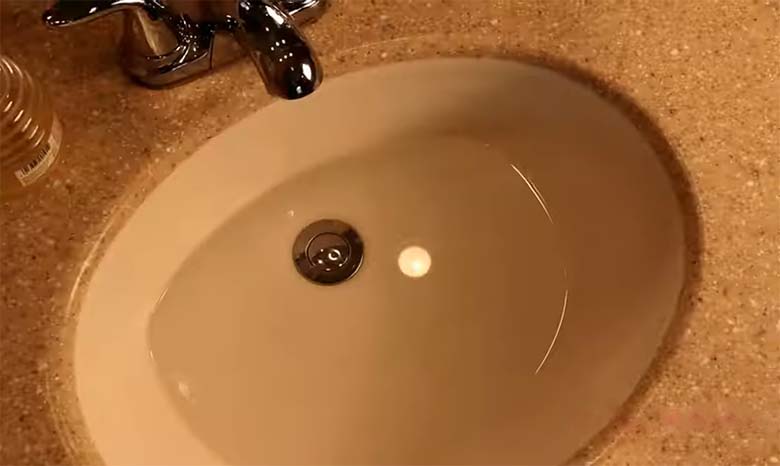
The Importance of a Functional Bathroom Sink
 Having a clogged bathroom sink can be a major inconvenience, as it disrupts your daily routine and can lead to unsanitary conditions. In addition, a clogged sink can also be a sign of bigger plumbing problems that could potentially result in costly repairs. Therefore, it is important to address a clogged bathroom sink promptly to avoid any further issues.
Having a clogged bathroom sink can be a major inconvenience, as it disrupts your daily routine and can lead to unsanitary conditions. In addition, a clogged sink can also be a sign of bigger plumbing problems that could potentially result in costly repairs. Therefore, it is important to address a clogged bathroom sink promptly to avoid any further issues.
Identifying the Cause of the Clog
 Before attempting to fix a clogged bathroom sink, it is important to identify the cause of the blockage. In most cases, the clog is caused by a buildup of hair, soap scum, and other debris in the drain. However, in some cases, the clog may be due to a more serious issue such as a broken pipe or tree roots infiltrating the plumbing system. If you suspect a serious issue, it is best to consult a professional plumber.
Before attempting to fix a clogged bathroom sink, it is important to identify the cause of the blockage. In most cases, the clog is caused by a buildup of hair, soap scum, and other debris in the drain. However, in some cases, the clog may be due to a more serious issue such as a broken pipe or tree roots infiltrating the plumbing system. If you suspect a serious issue, it is best to consult a professional plumber.
DIY Solutions for a Clogged Bathroom Sink
 If the clog is minor, there are a few simple solutions that you can try before calling a plumber. One method is to use a plunger to create suction and loosen the clog. Another option is to use a drain snake, which can be inserted into the drain to remove the blockage. You can also try using a mixture of baking soda and vinegar, followed by hot water, to break down the clog.
If the clog is minor, there are a few simple solutions that you can try before calling a plumber. One method is to use a plunger to create suction and loosen the clog. Another option is to use a drain snake, which can be inserted into the drain to remove the blockage. You can also try using a mixture of baking soda and vinegar, followed by hot water, to break down the clog.
Preventative Measures for a Clog-Free Bathroom Sink
 To avoid future clogs in your bathroom sink, there are a few preventative measures you can take. Investing in a drain cover can prevent hair and other debris from going down the drain. Be mindful of what you put down the sink and avoid pouring grease or oil, as they can solidify and cause clogs. Regularly cleaning your sink and drain can also help prevent buildup.
To avoid future clogs in your bathroom sink, there are a few preventative measures you can take. Investing in a drain cover can prevent hair and other debris from going down the drain. Be mindful of what you put down the sink and avoid pouring grease or oil, as they can solidify and cause clogs. Regularly cleaning your sink and drain can also help prevent buildup.
When to Call a Professional
 If the above methods do not work or if the clog keeps recurring, it may be time to call a professional plumber. They have the expertise and tools to effectively remove stubborn clogs and identify any underlying plumbing issues. It is also important to seek professional help if you notice any strange odors or slow drainage in multiple sinks, as it may indicate a larger problem.
In conclusion,
a clogged bathroom sink is a common household issue that can be easily fixed with the right knowledge and tools. By following these tips and taking preventative measures, you can ensure a clog-free bathroom sink and maintain a functional and hygienic space in your home. Remember to address the issue promptly and seek professional help when needed to avoid any further complications.
If the above methods do not work or if the clog keeps recurring, it may be time to call a professional plumber. They have the expertise and tools to effectively remove stubborn clogs and identify any underlying plumbing issues. It is also important to seek professional help if you notice any strange odors or slow drainage in multiple sinks, as it may indicate a larger problem.
In conclusion,
a clogged bathroom sink is a common household issue that can be easily fixed with the right knowledge and tools. By following these tips and taking preventative measures, you can ensure a clog-free bathroom sink and maintain a functional and hygienic space in your home. Remember to address the issue promptly and seek professional help when needed to avoid any further complications.















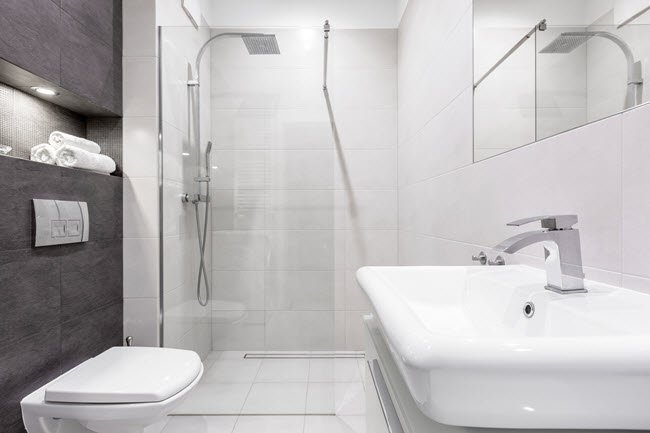

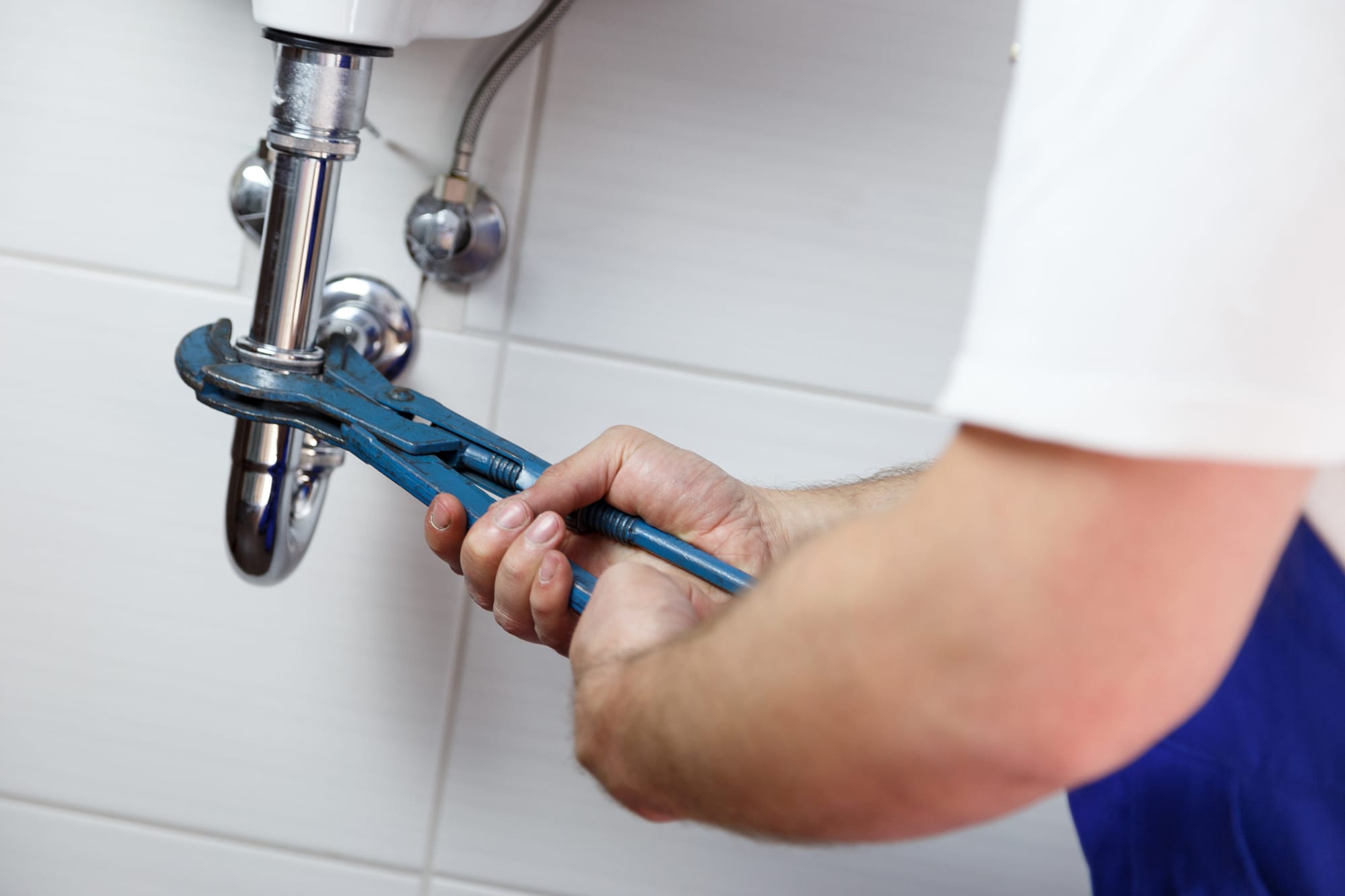
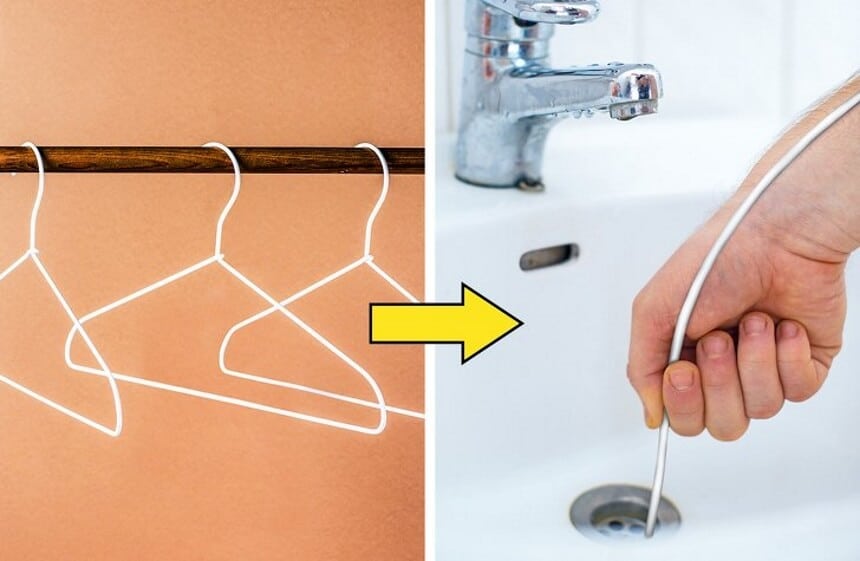







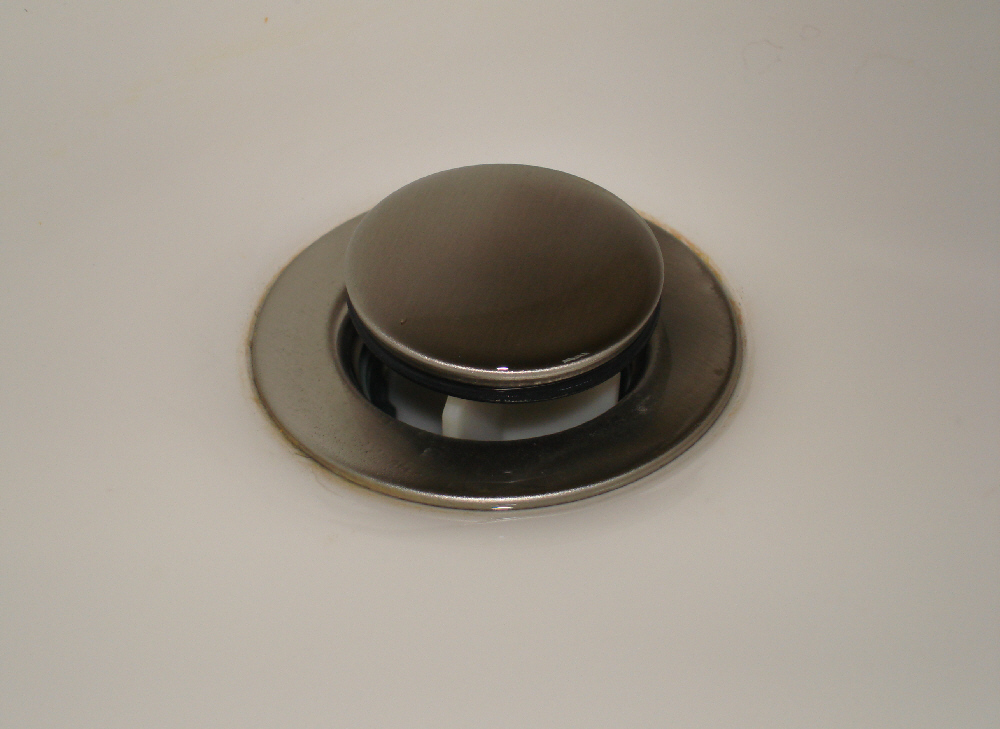







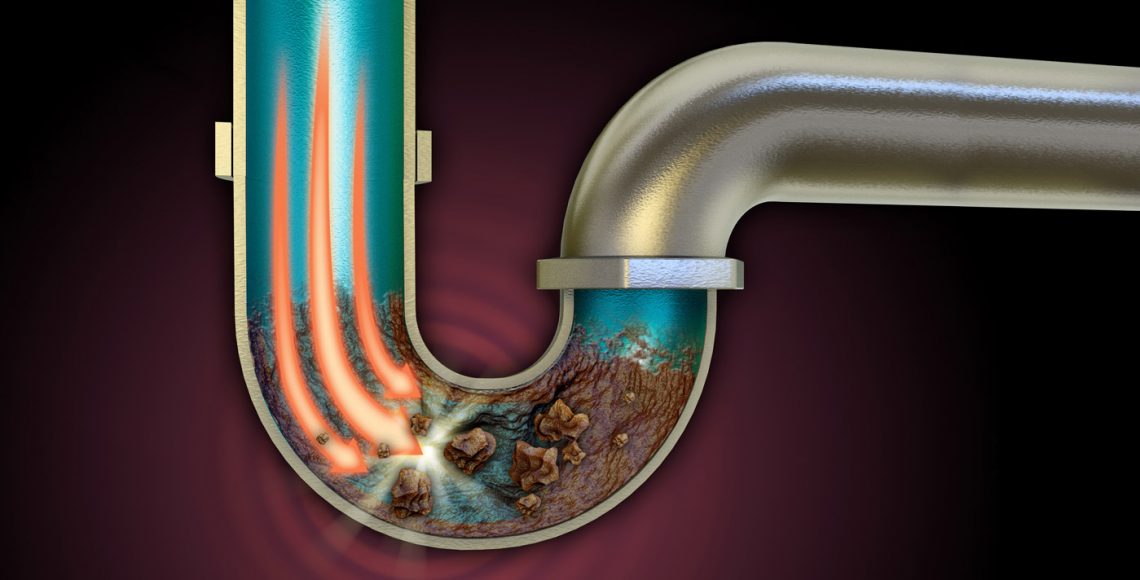
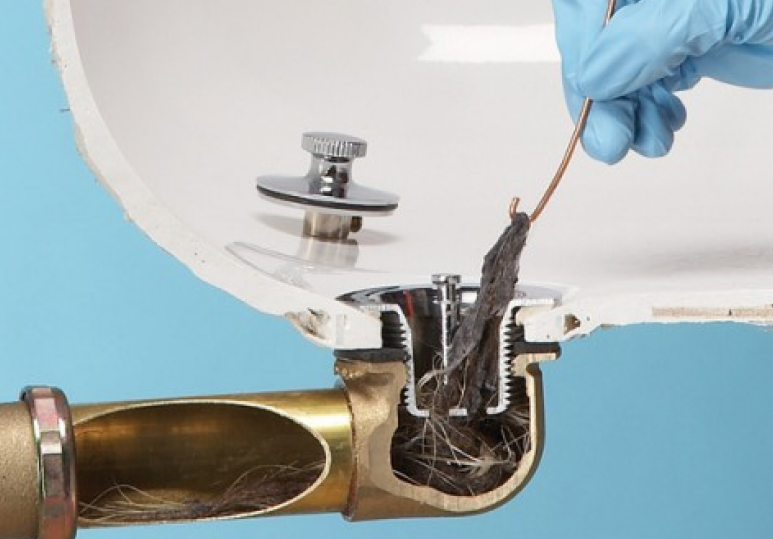
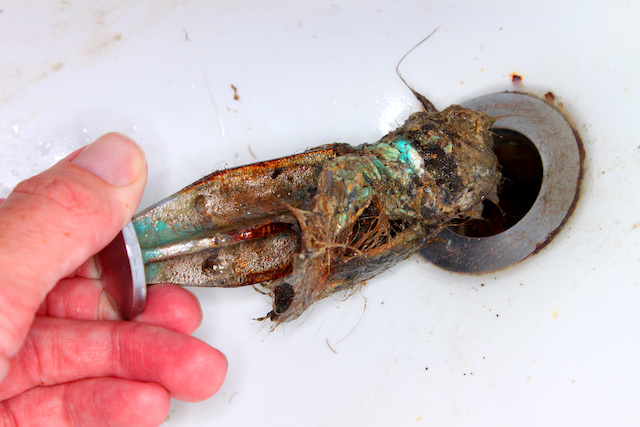
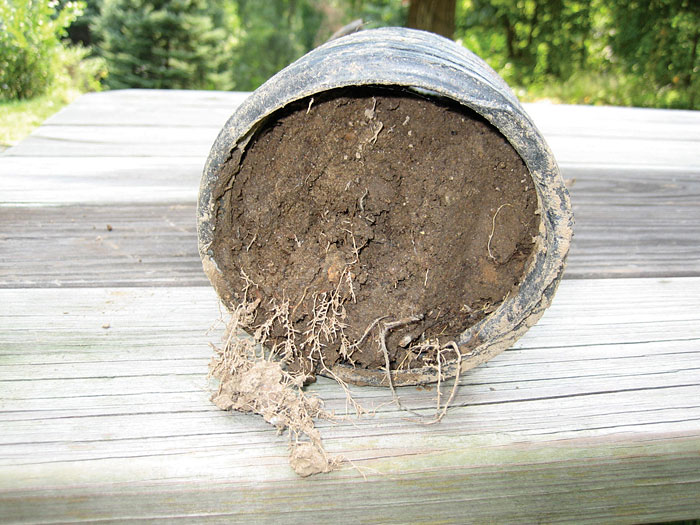
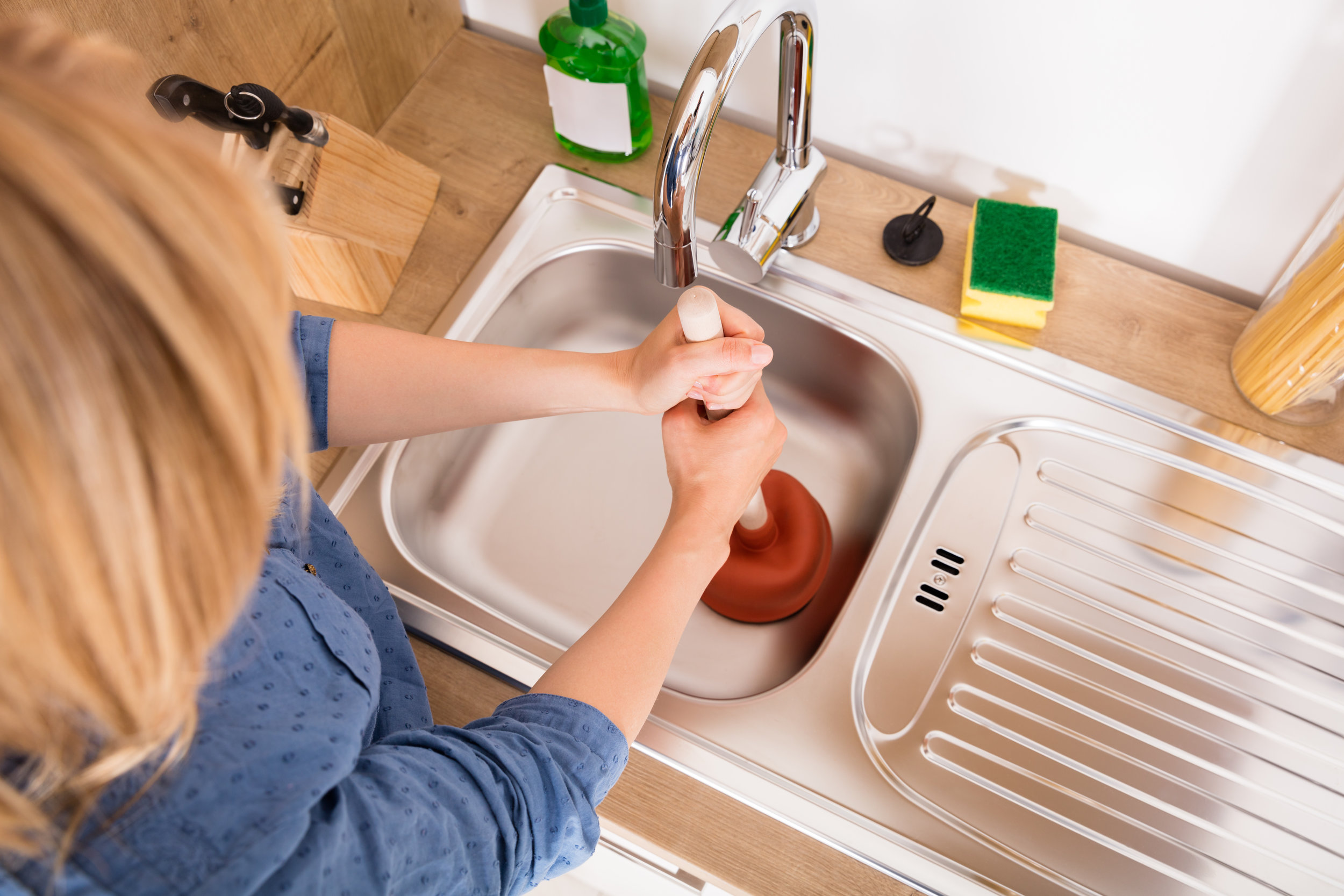
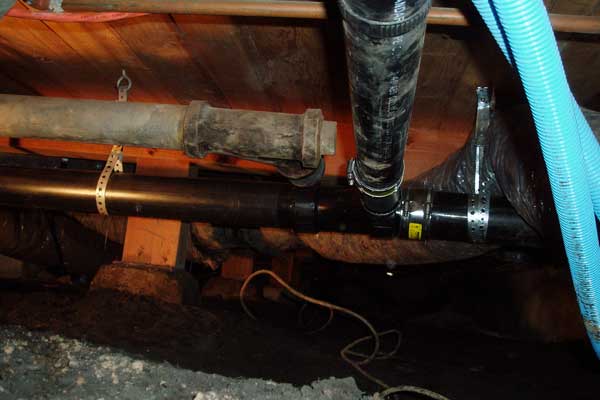


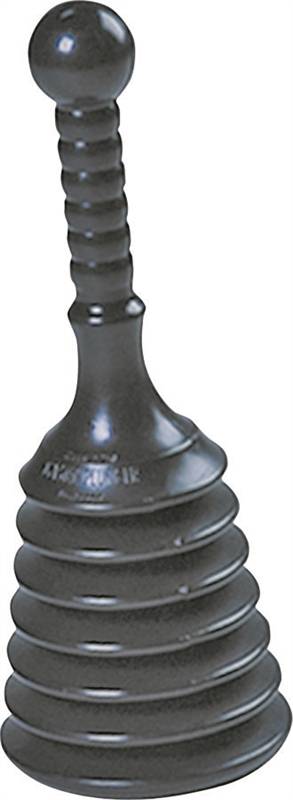



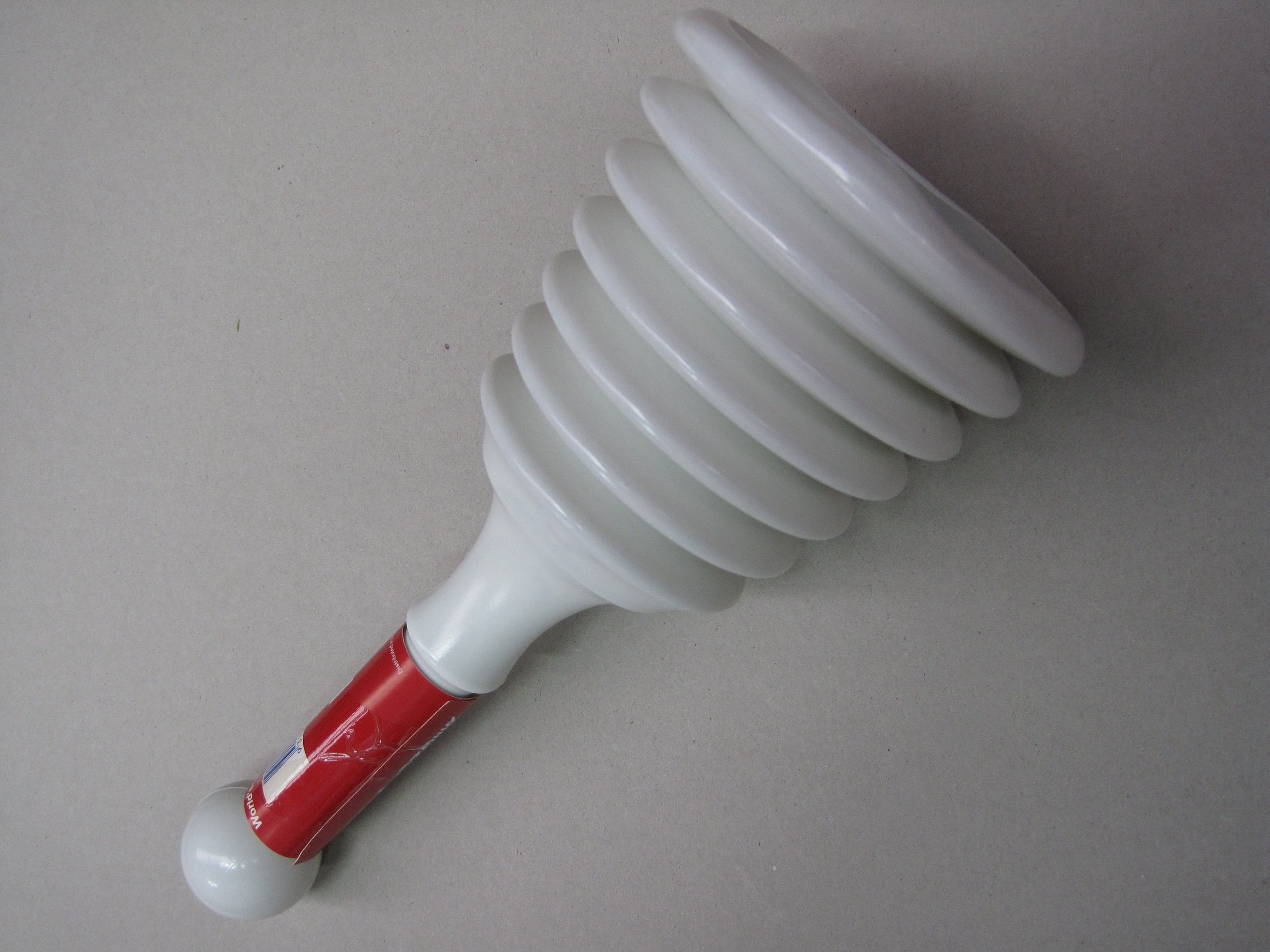
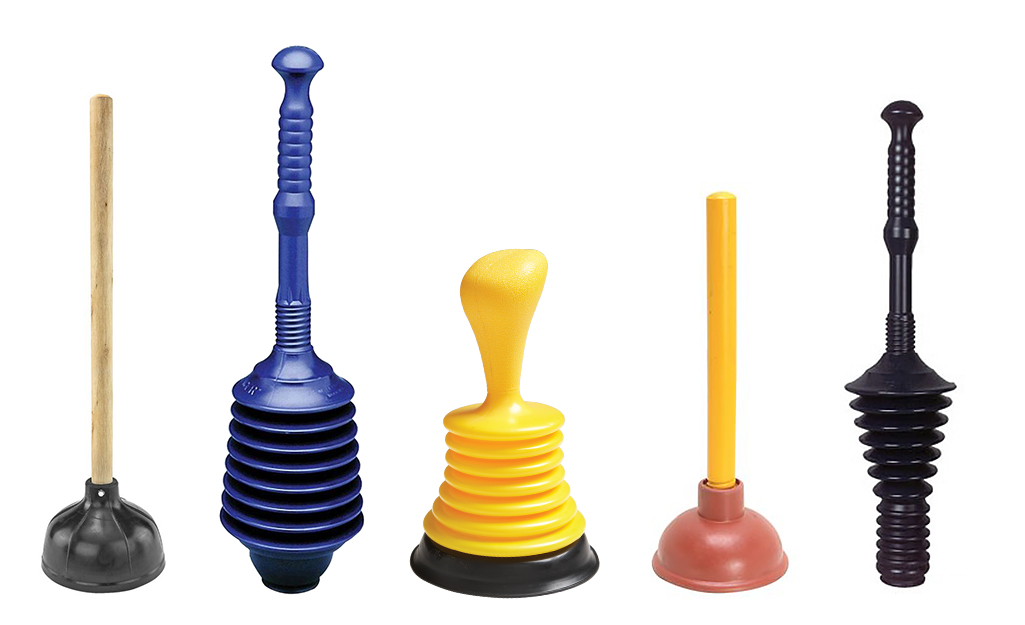


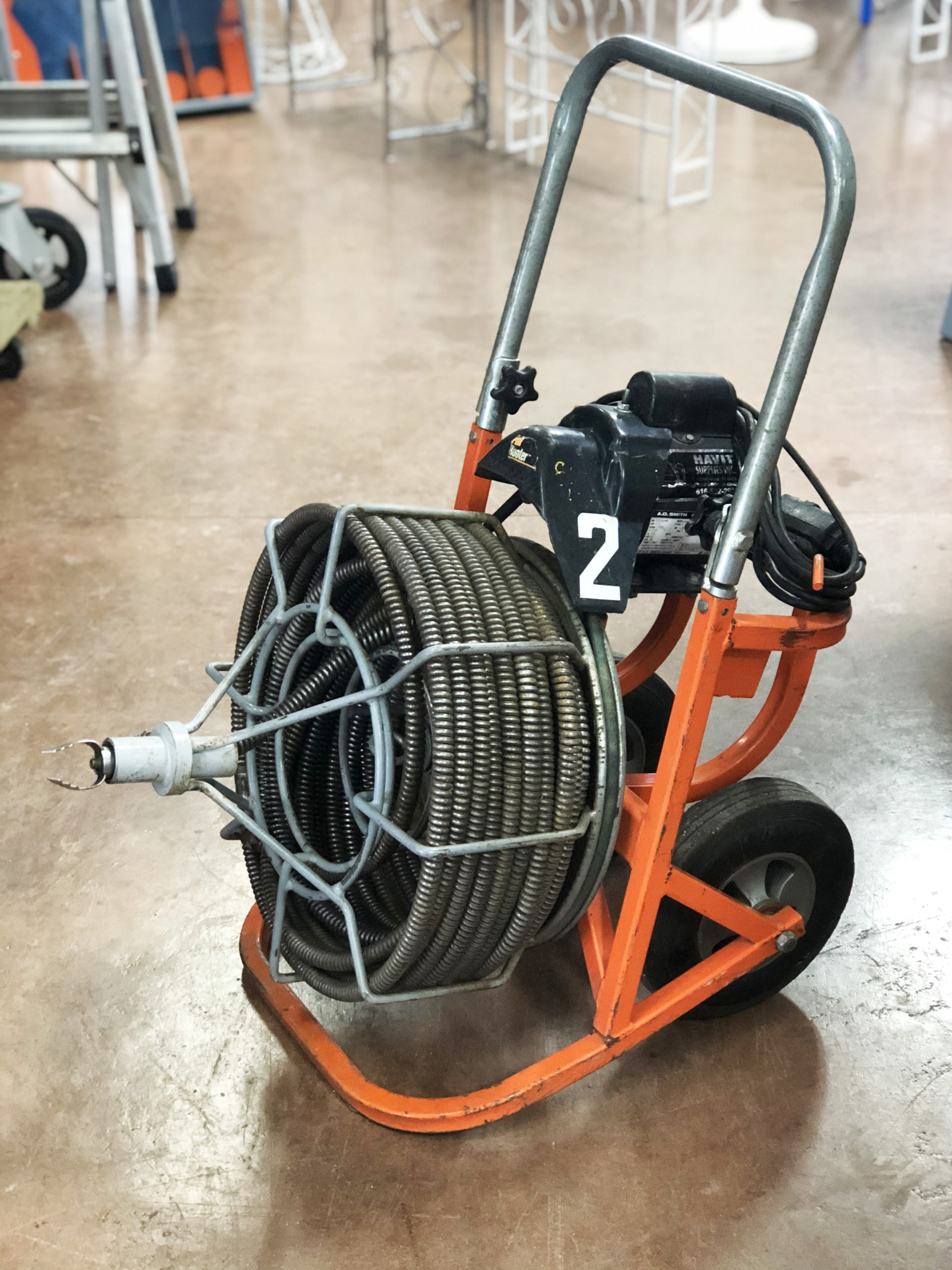
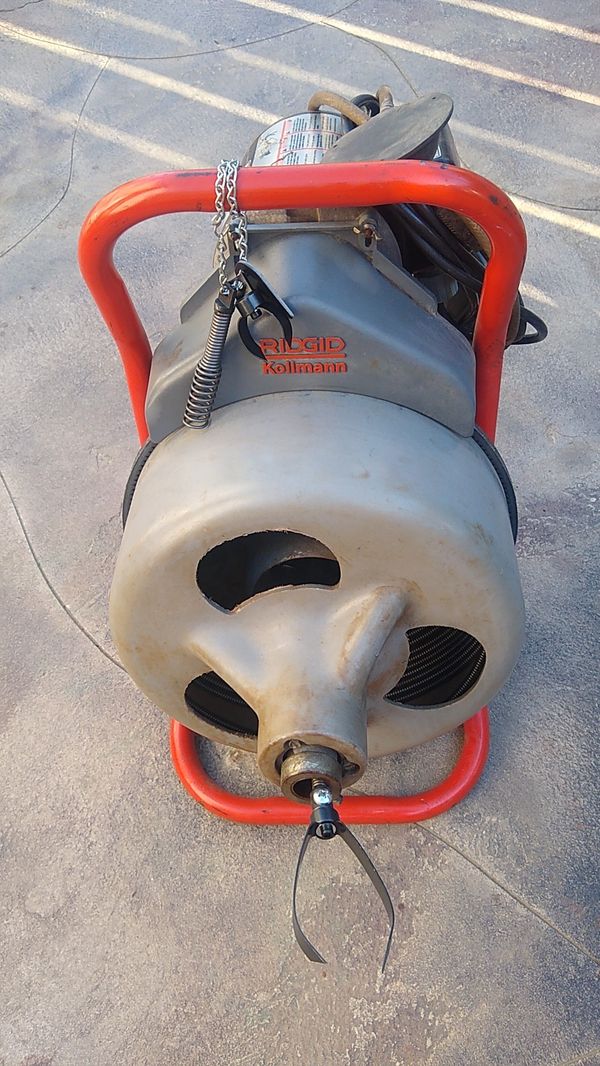
/pulling-hair-from-a-drain-182861550-5797d2d43df78ceb86a46b8e.jpg)



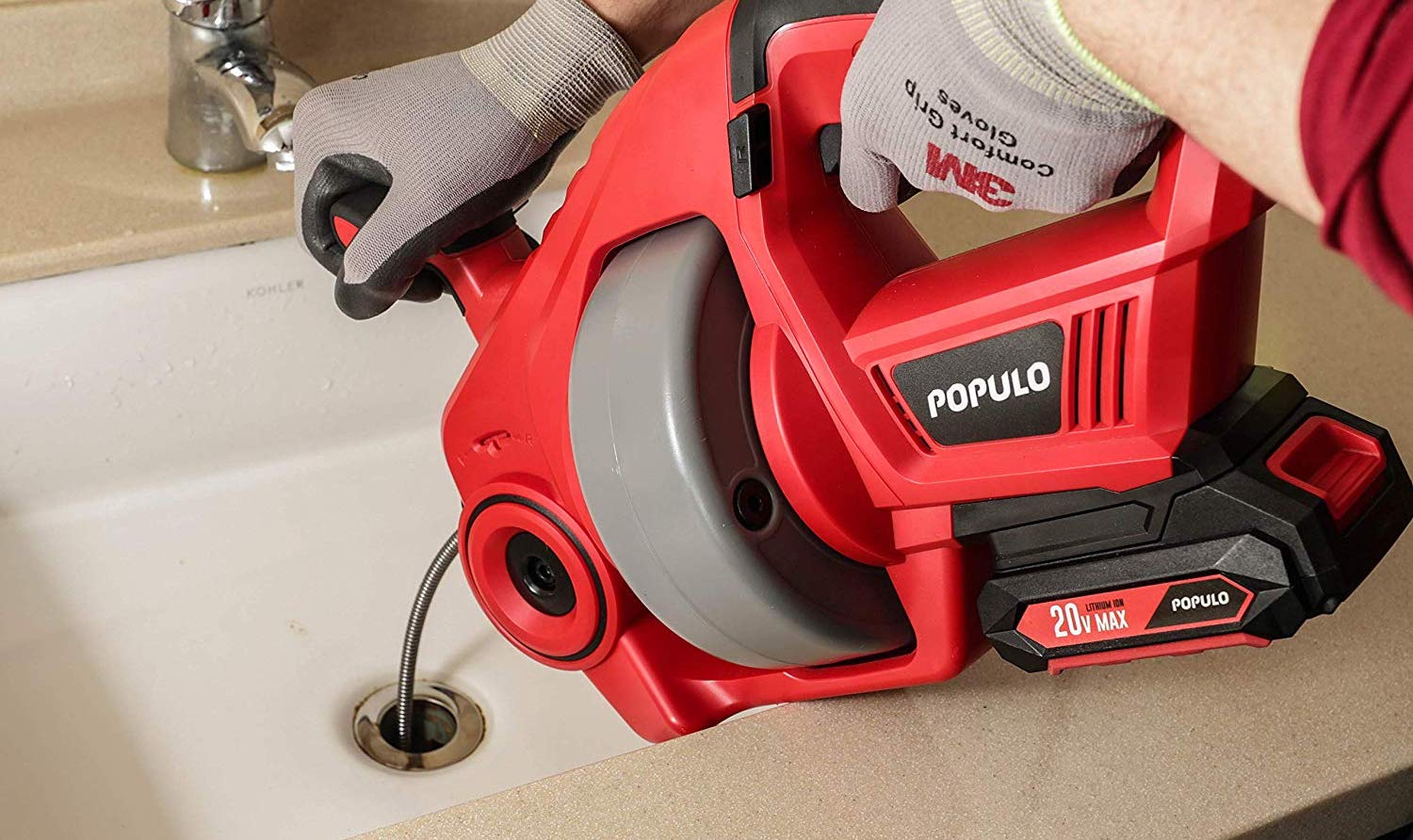



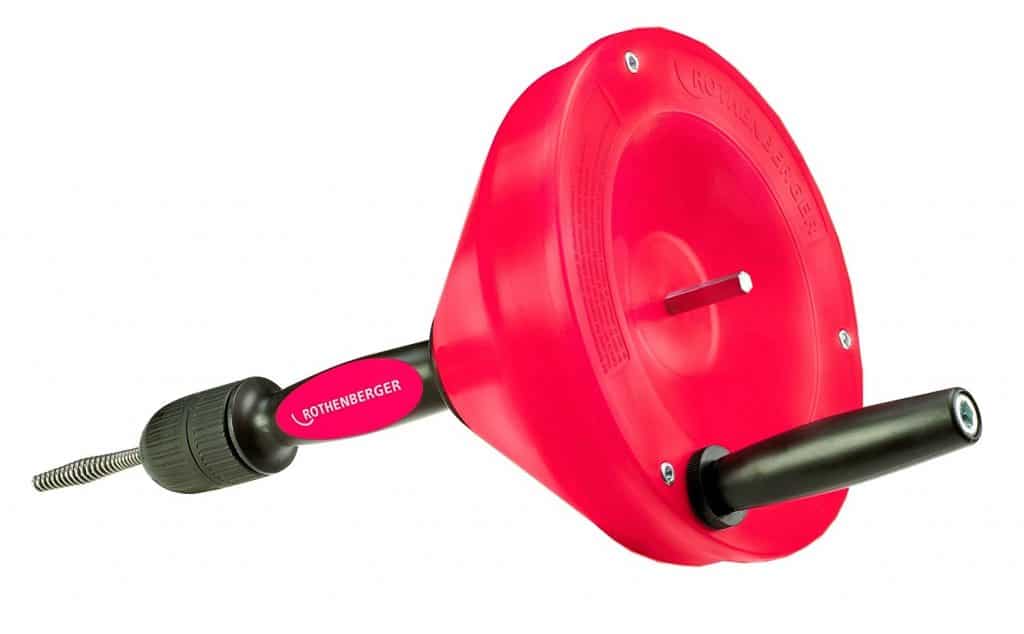
:max_bytes(150000):strip_icc()/drain-snake-auger-stuck-1822488-hero-836b642775194604922b83c45137f5f2.jpg)
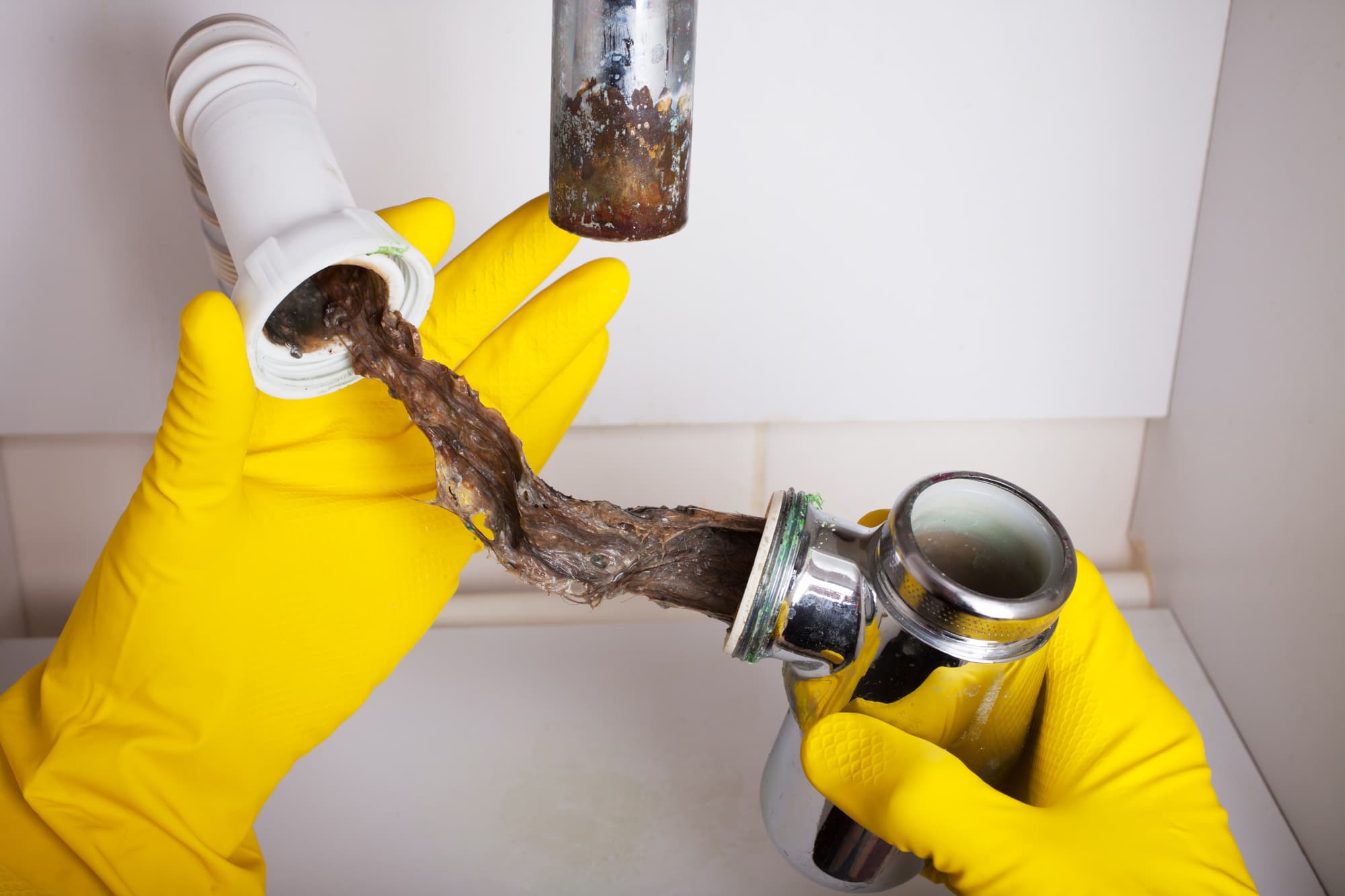
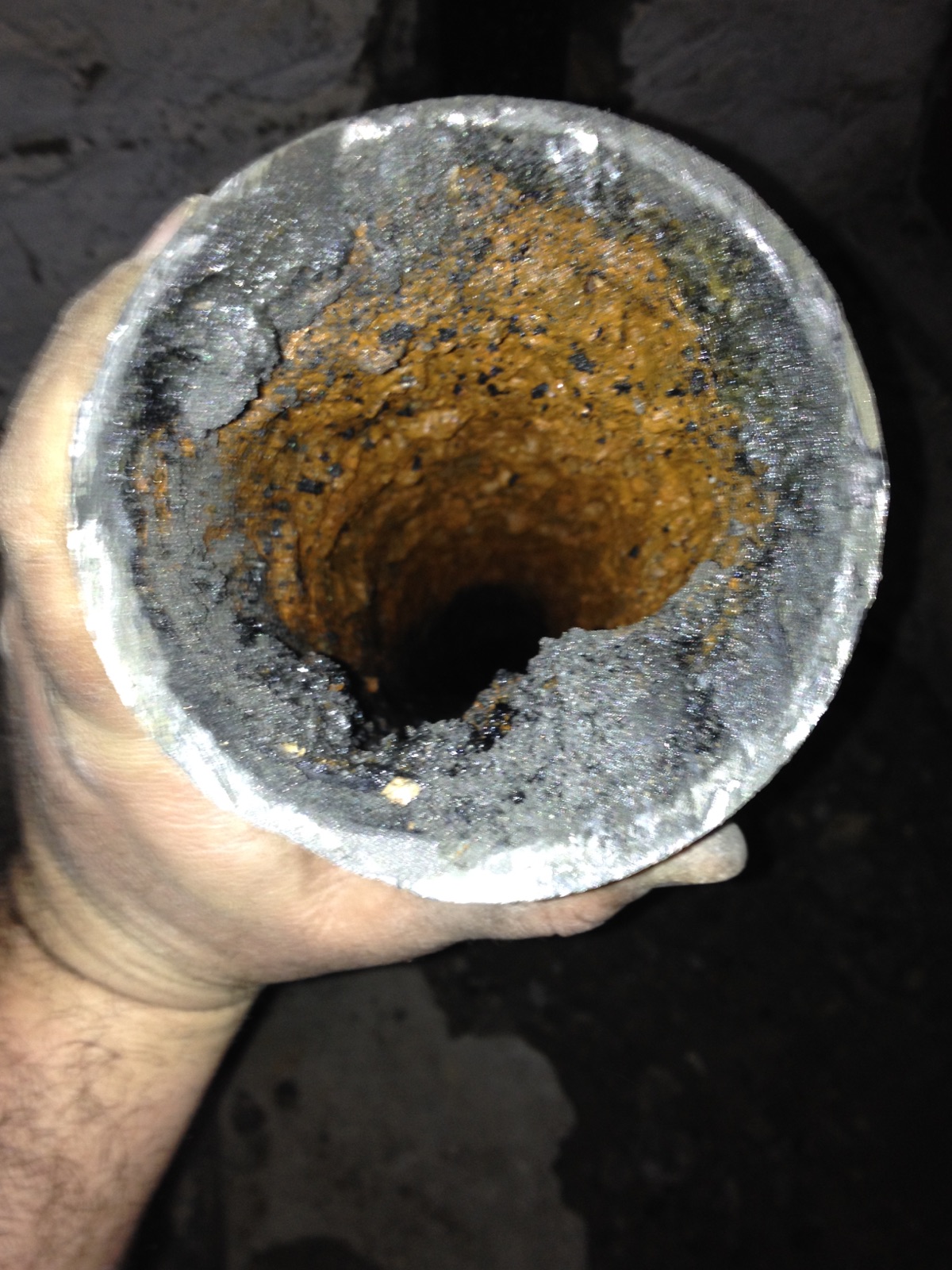
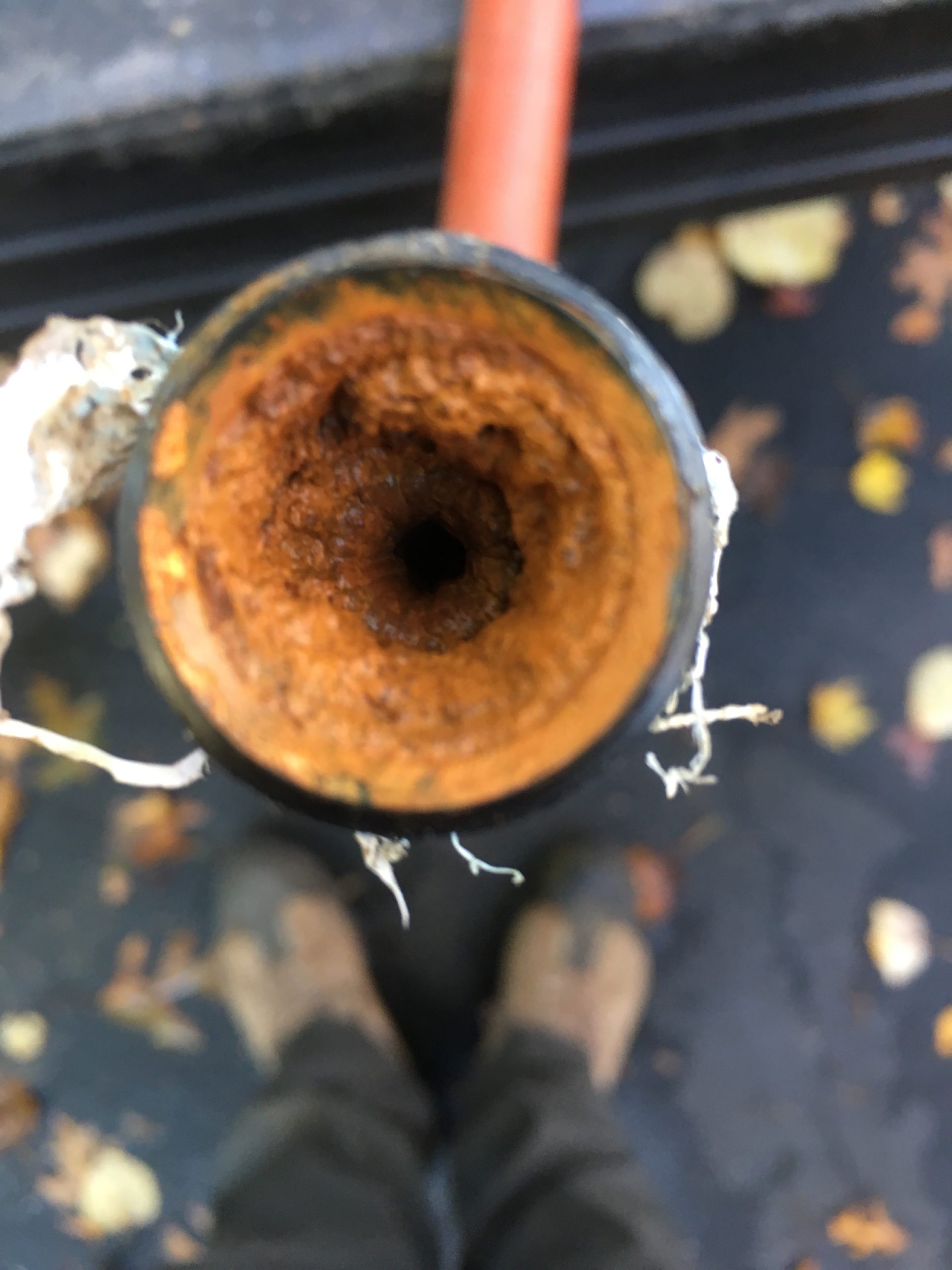

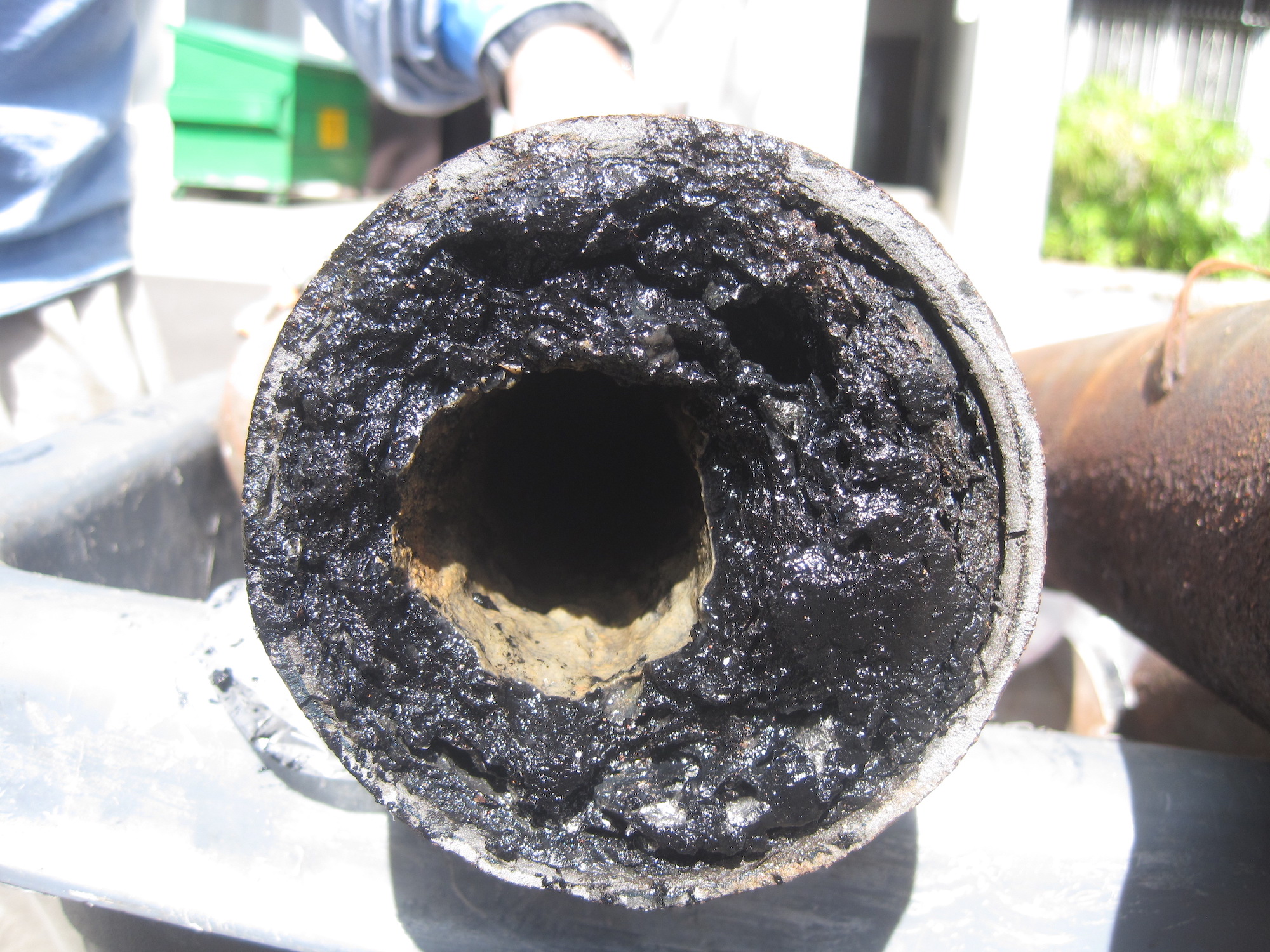
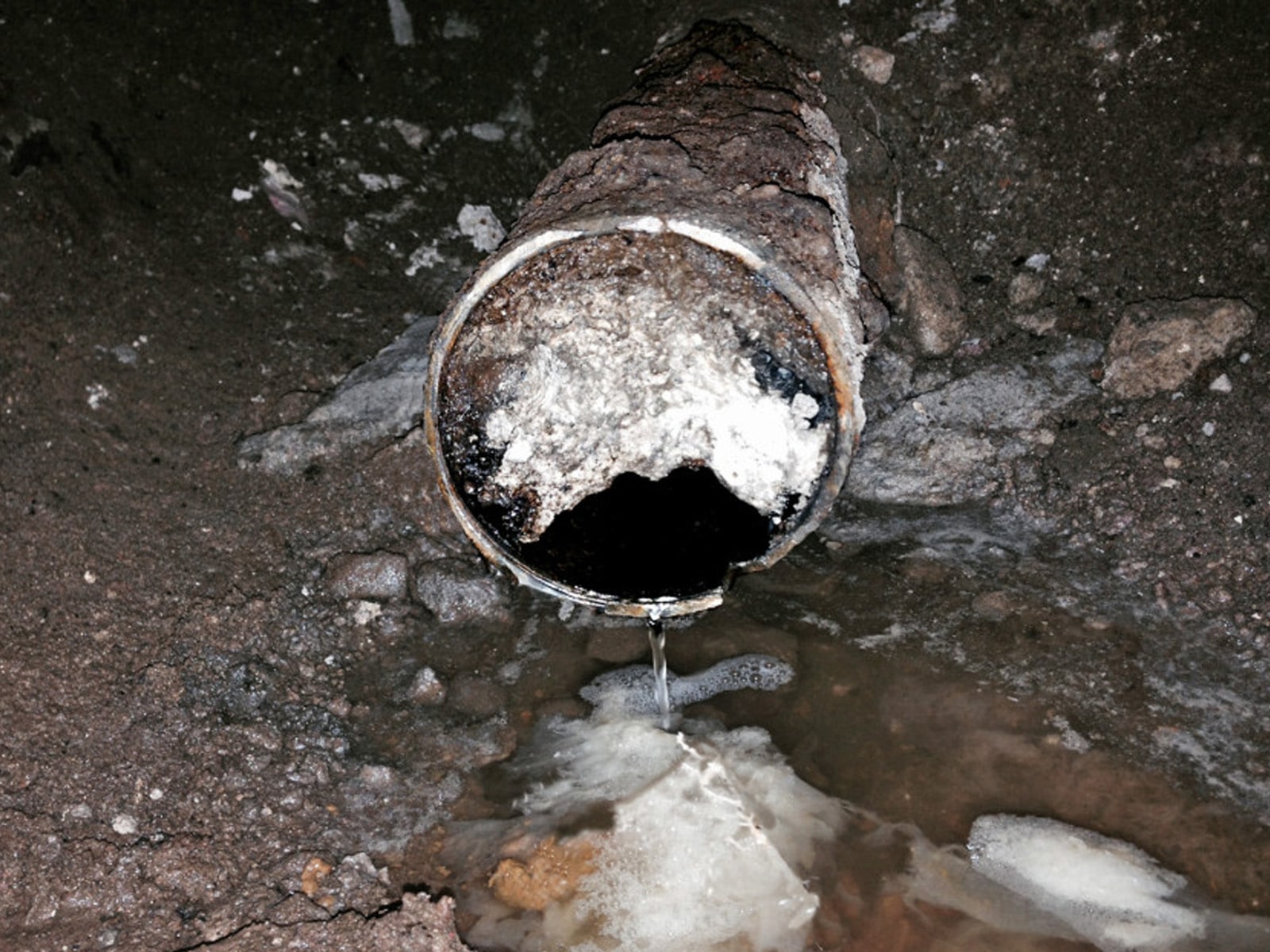
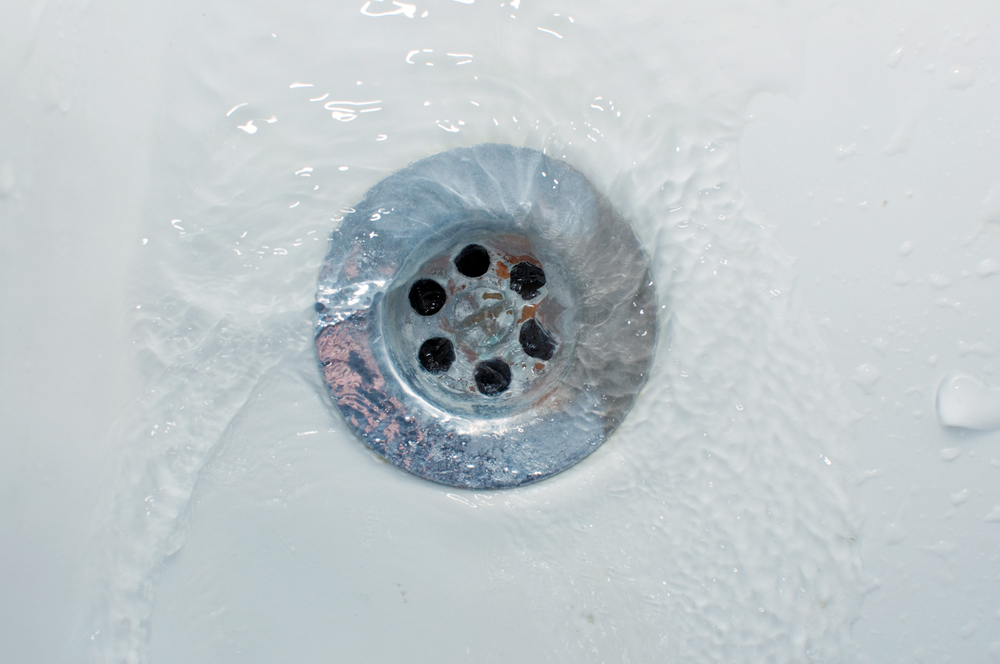


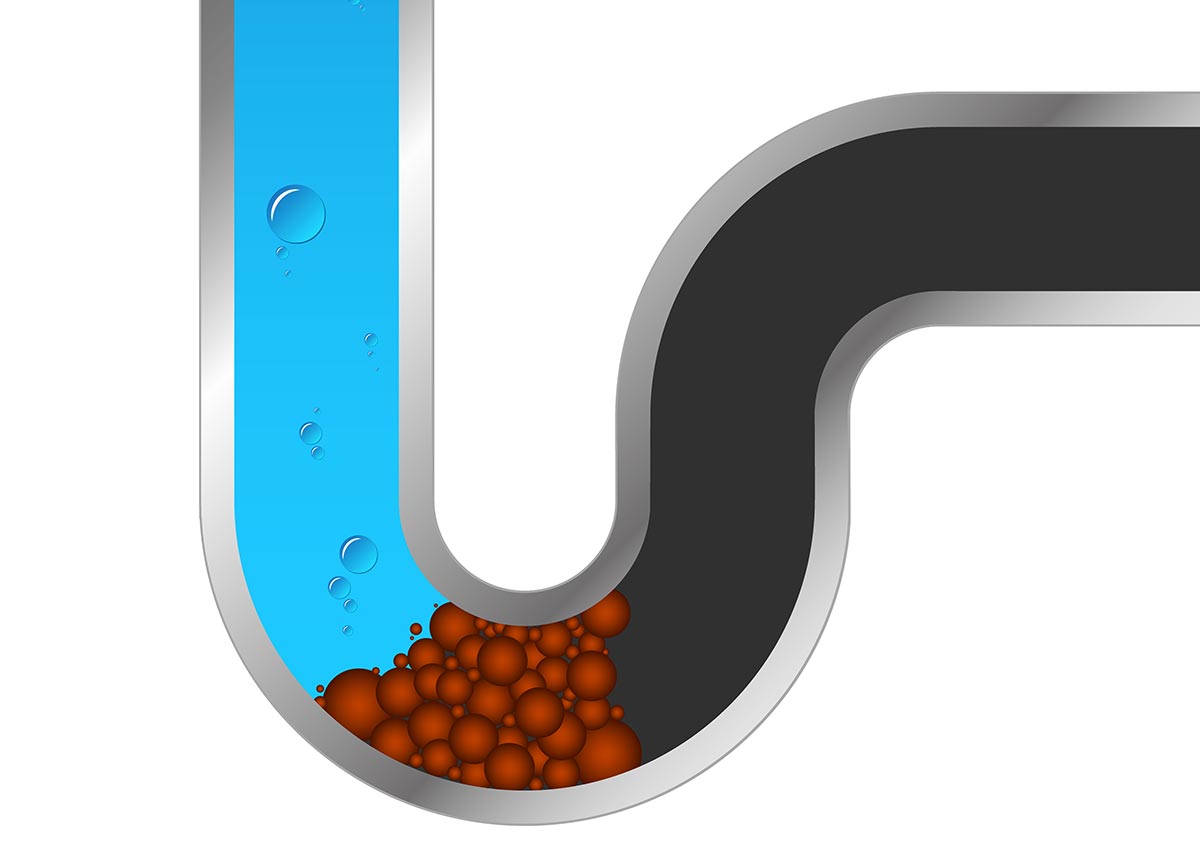
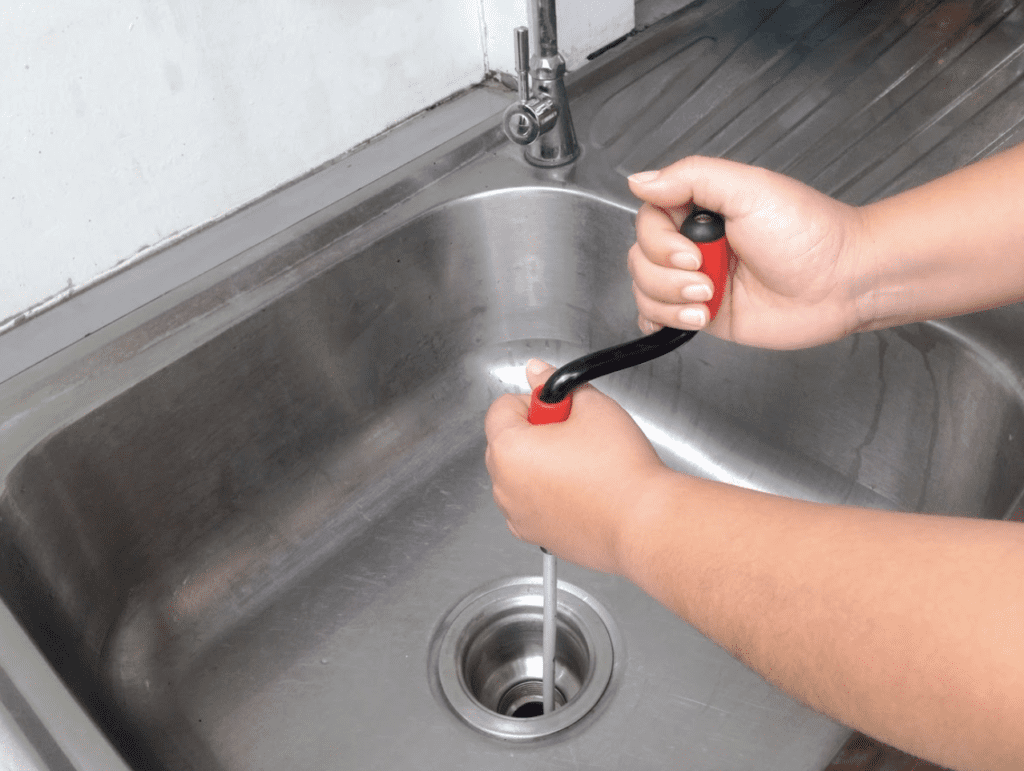
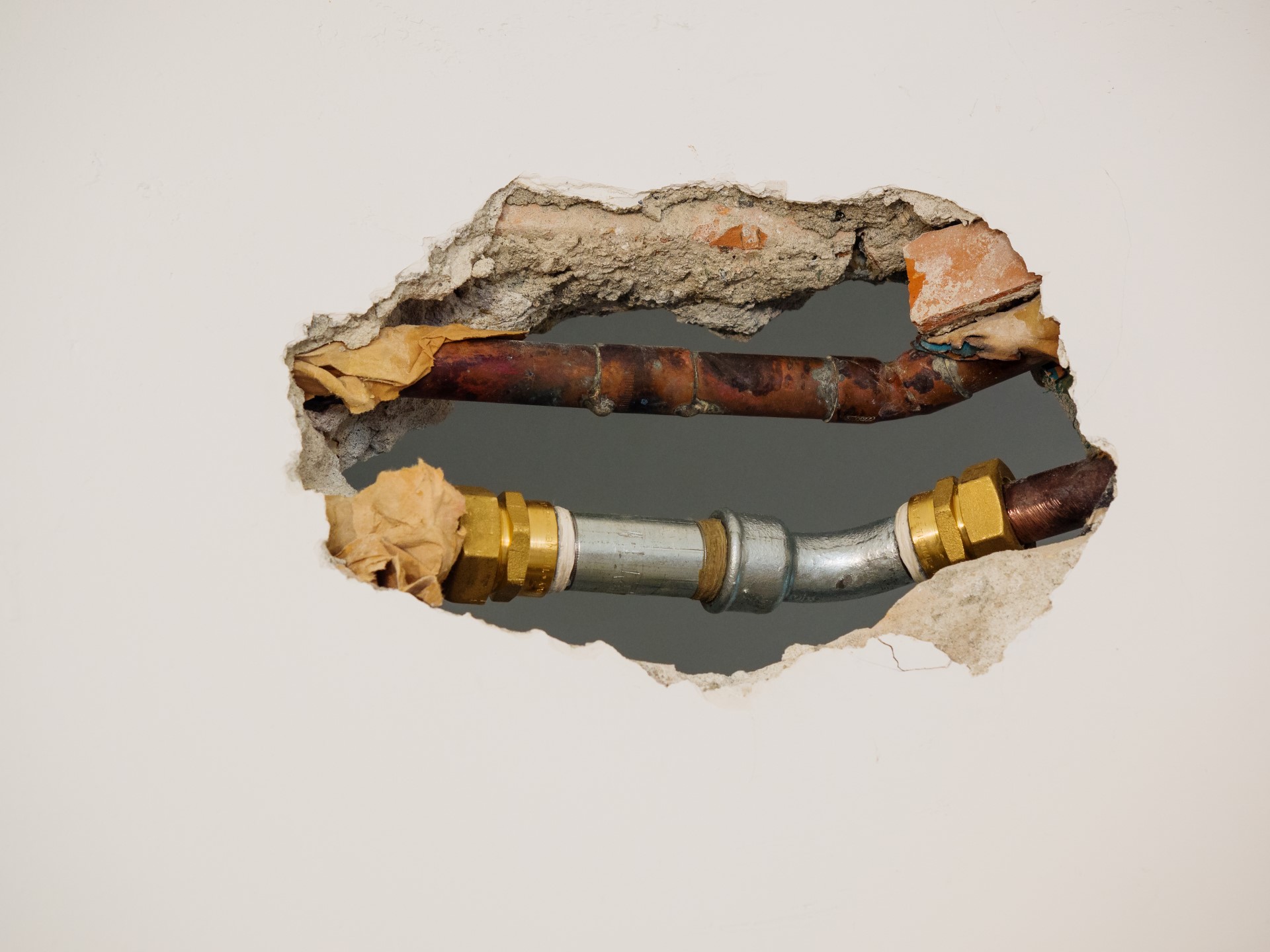
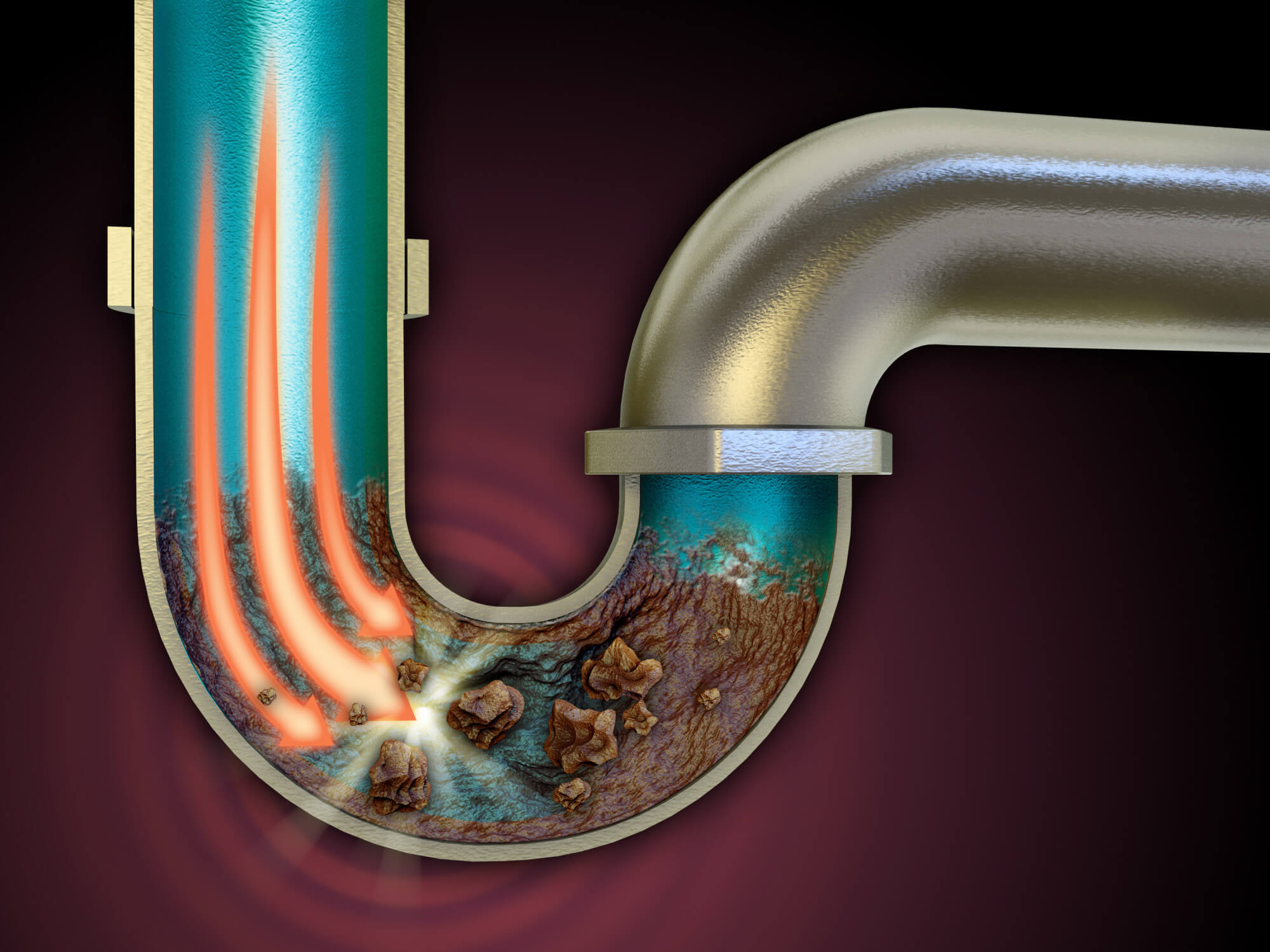




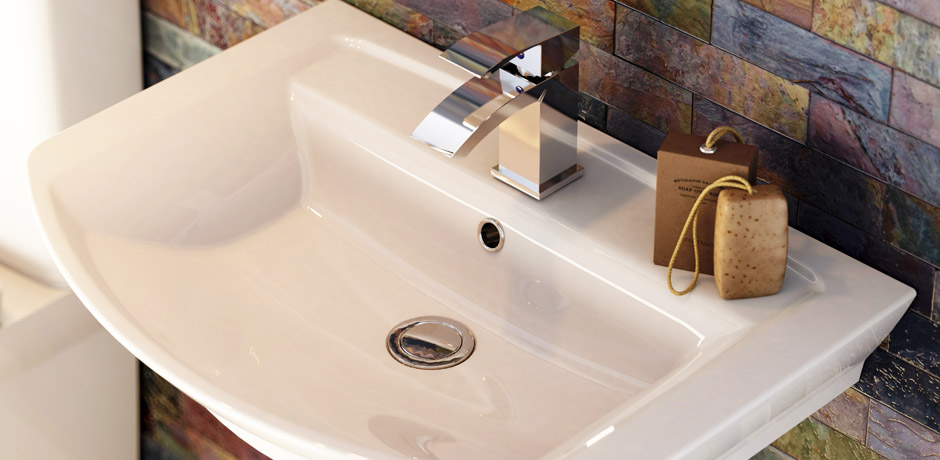
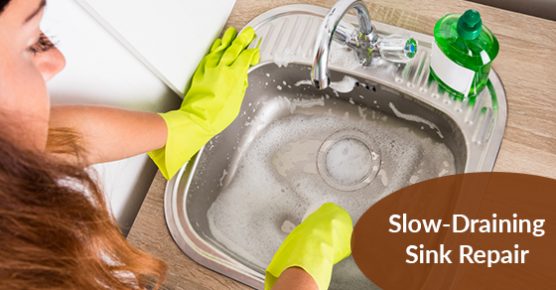
:max_bytes(150000):strip_icc()/close-up-of-overflowing-bathroom-sink-90201417-579787783df78ceb865822d8.jpg)

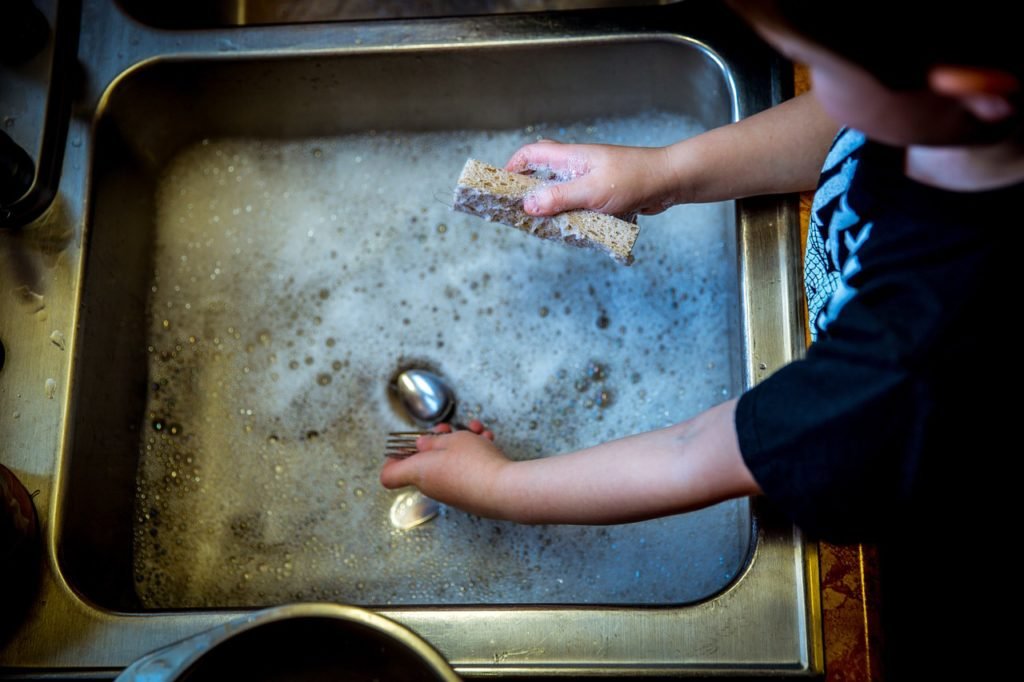
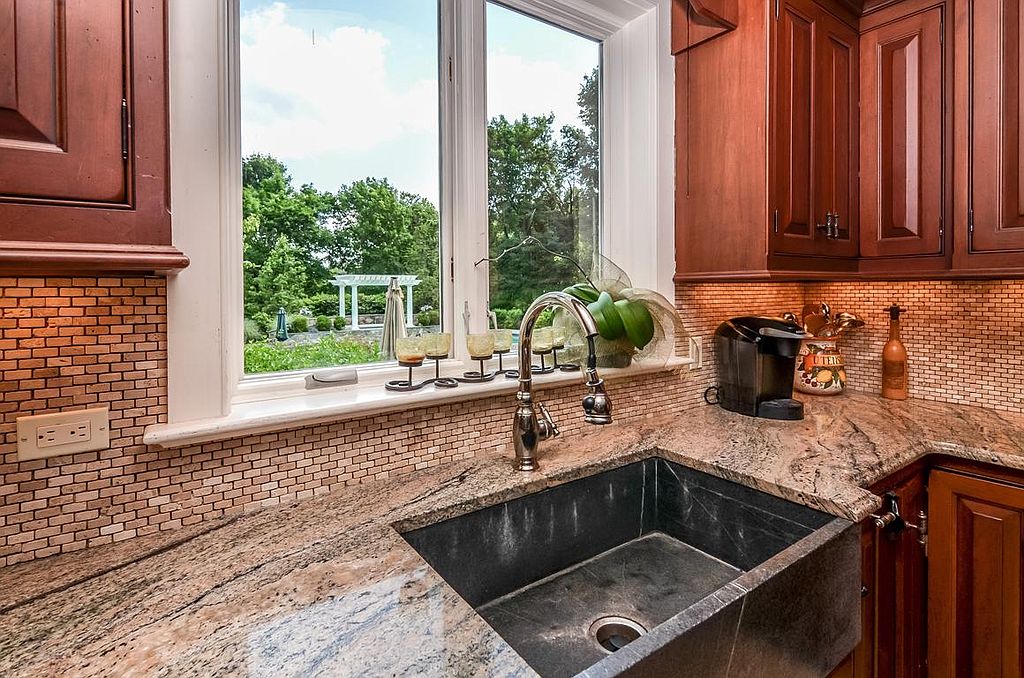
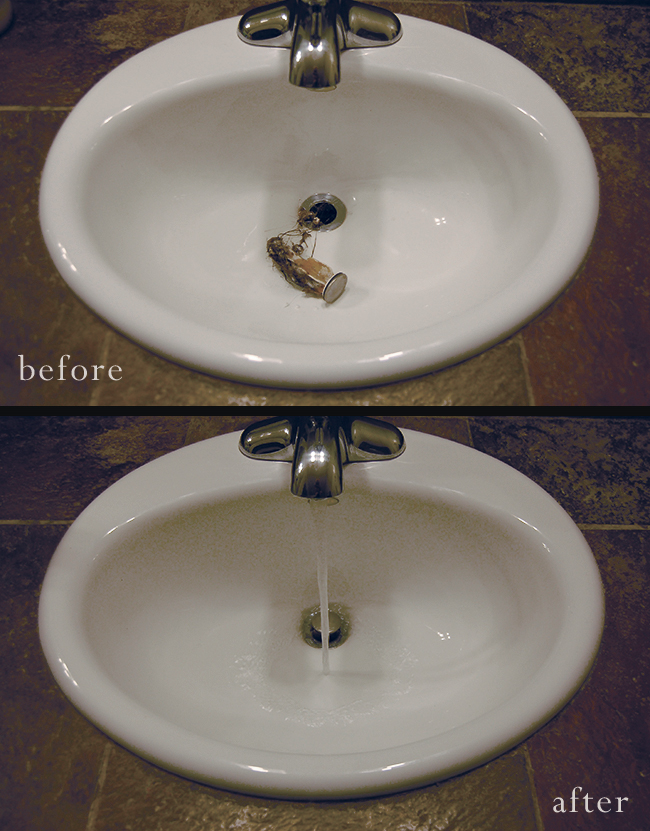




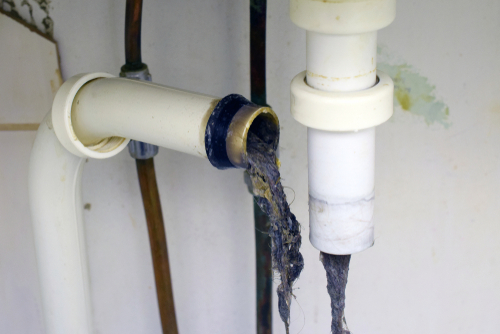


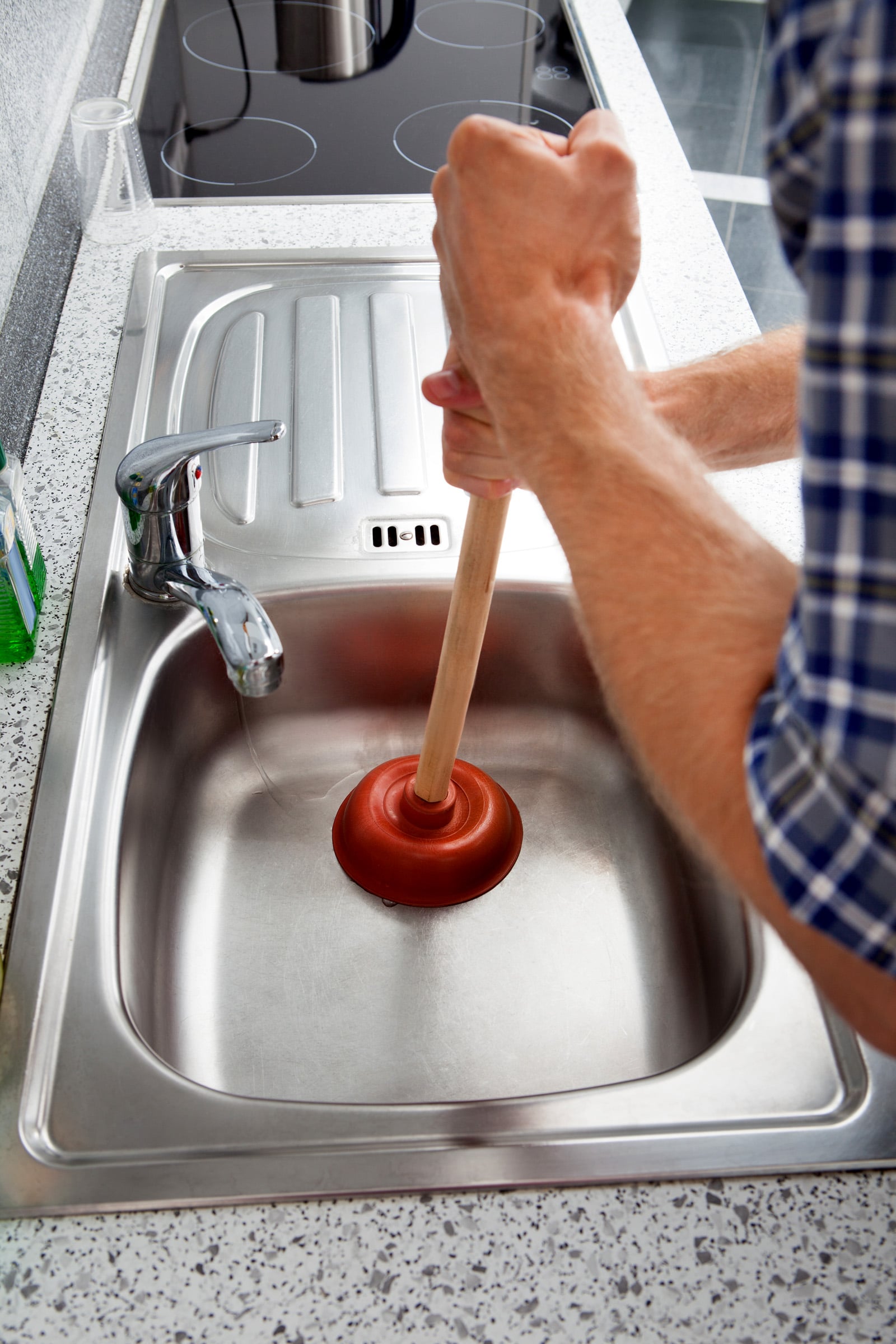



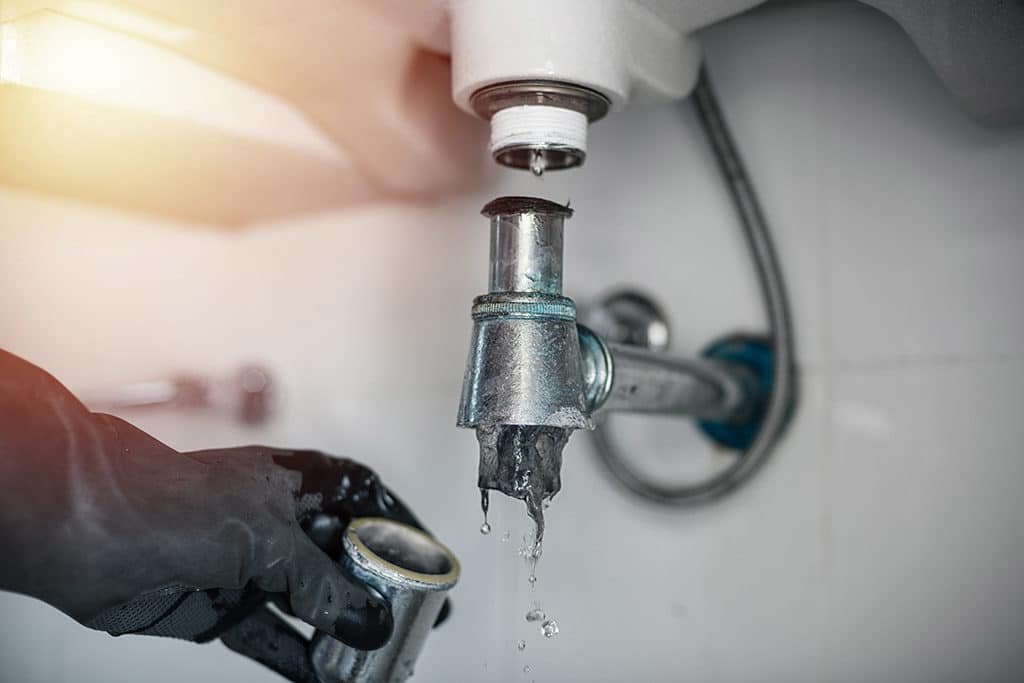
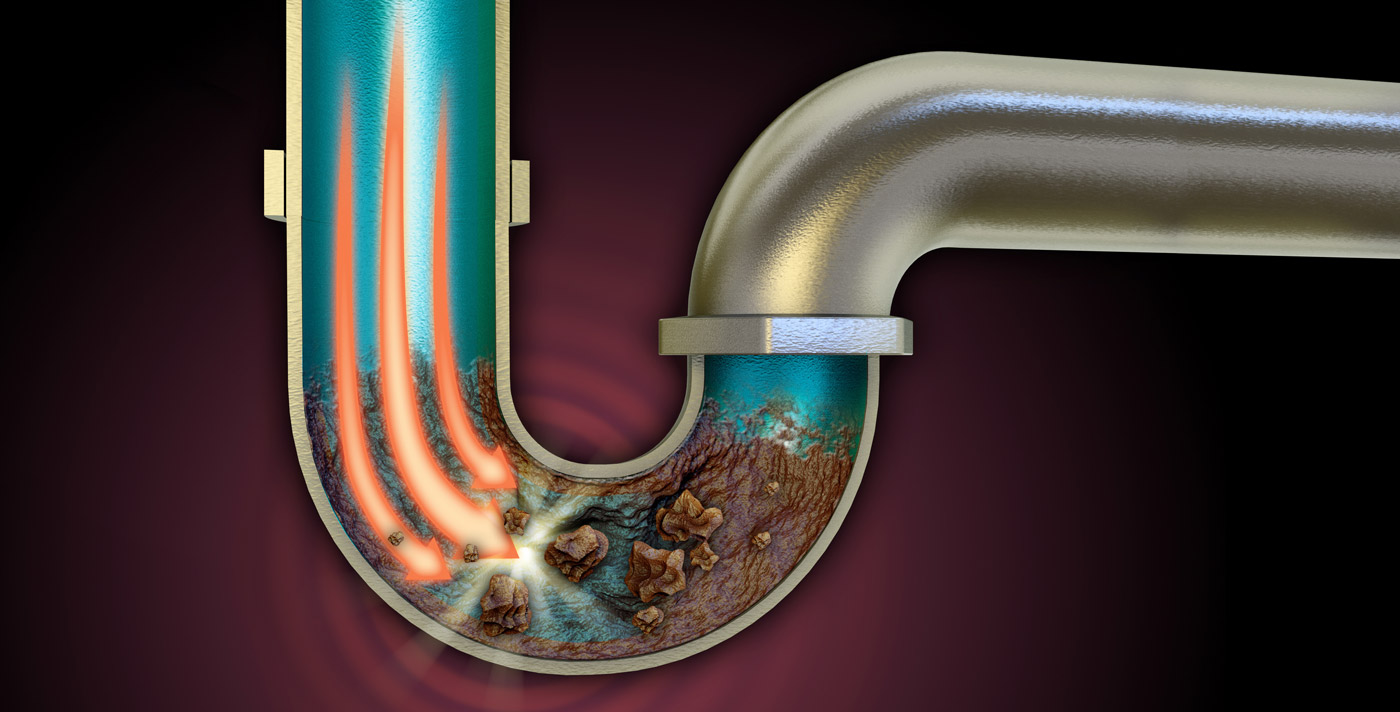
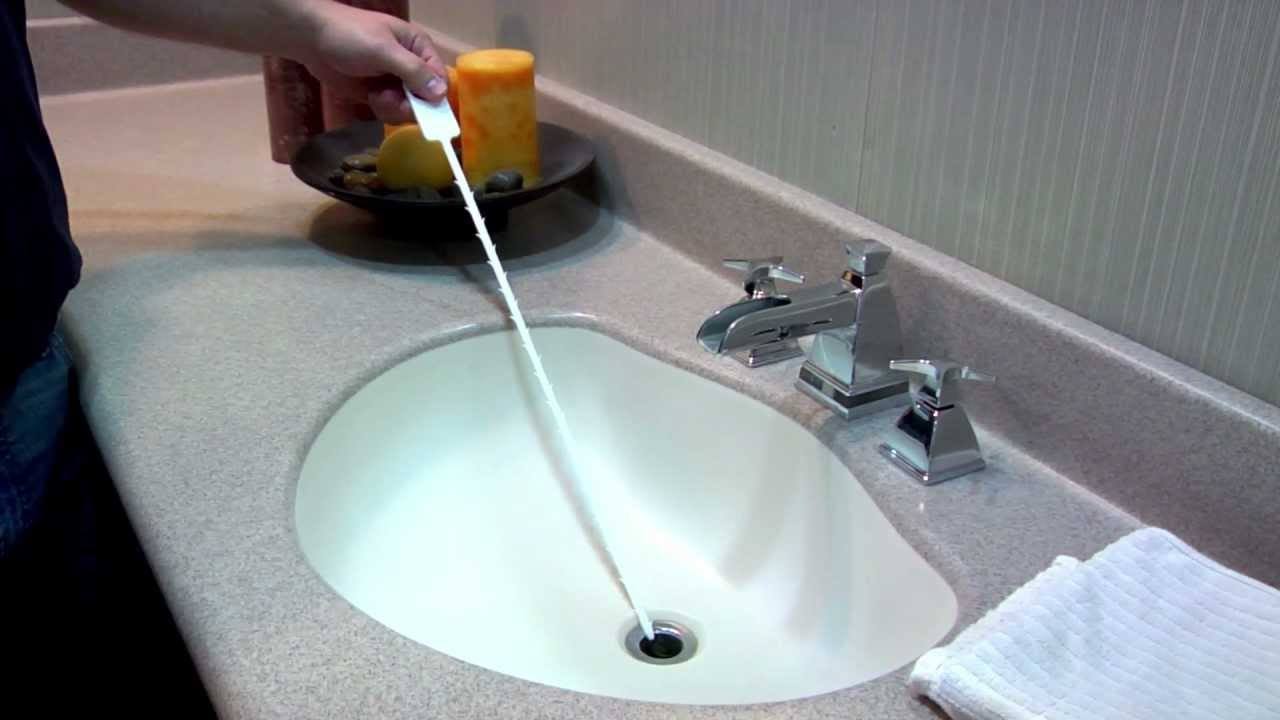

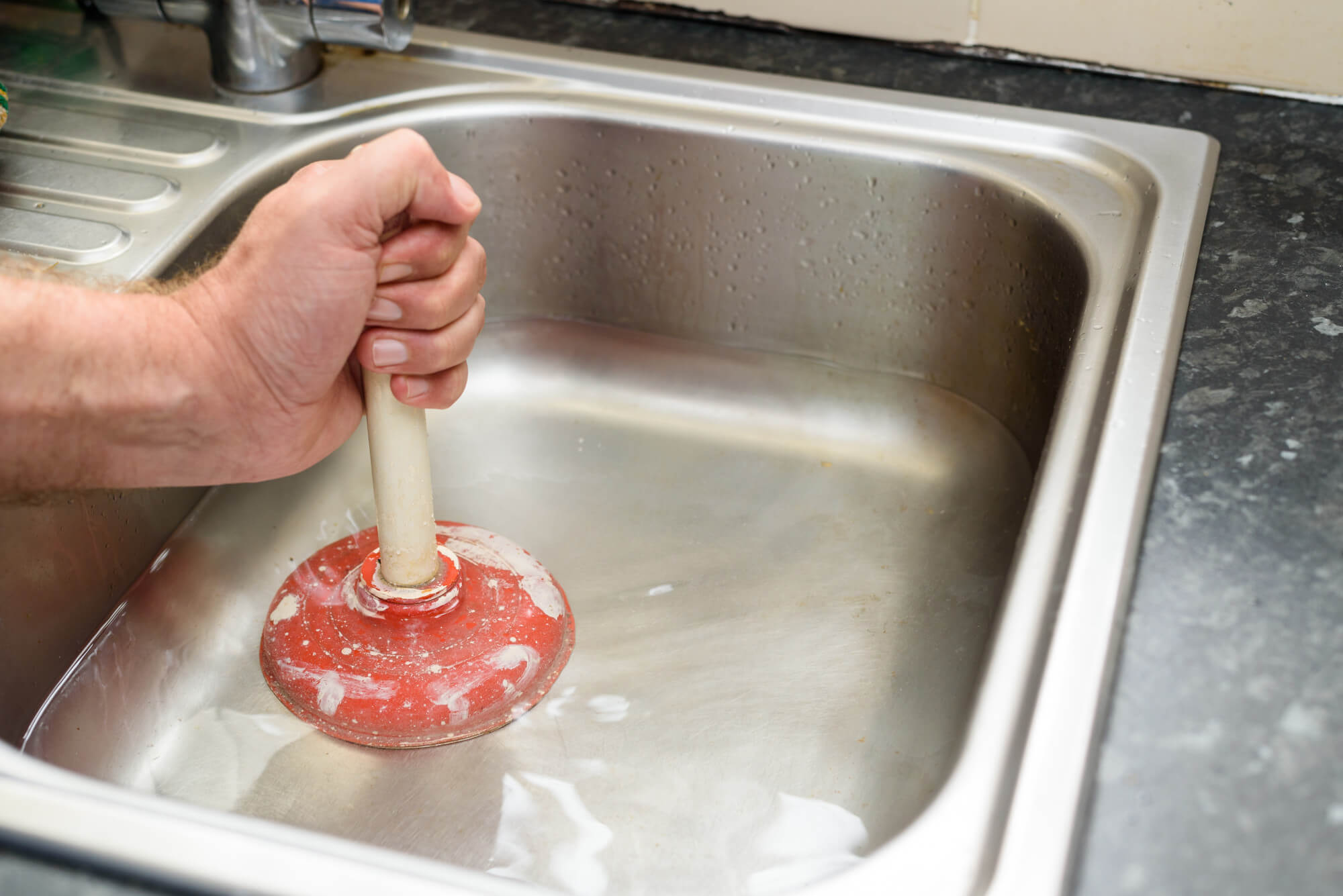





:max_bytes(150000):strip_icc()/sage-green-paint-GettyImages-1299098384-28137434469140eaabc6ec75996a2ba3.jpg)

